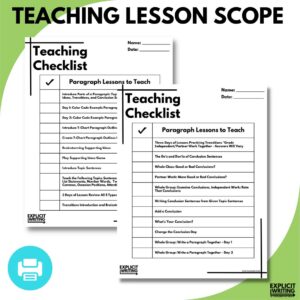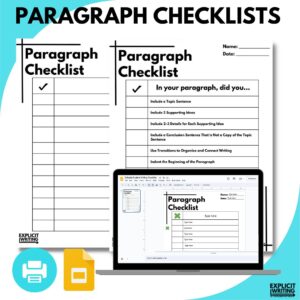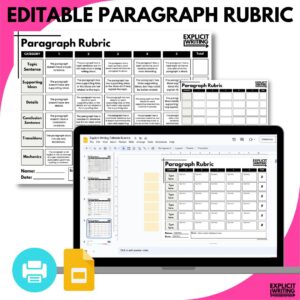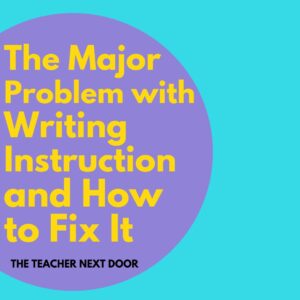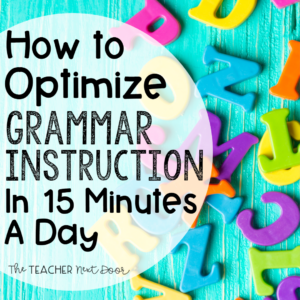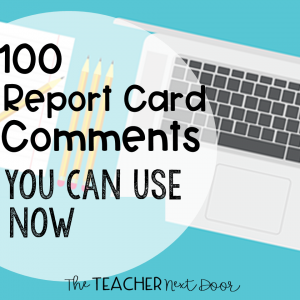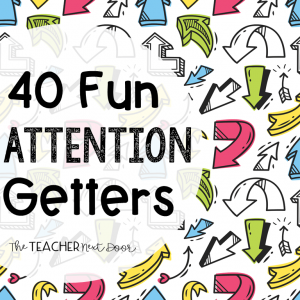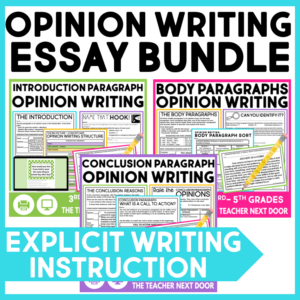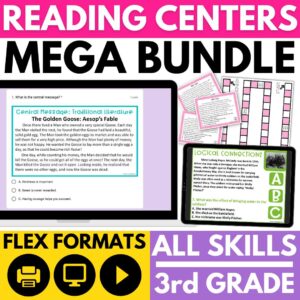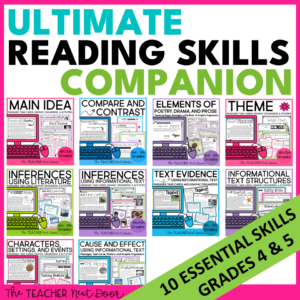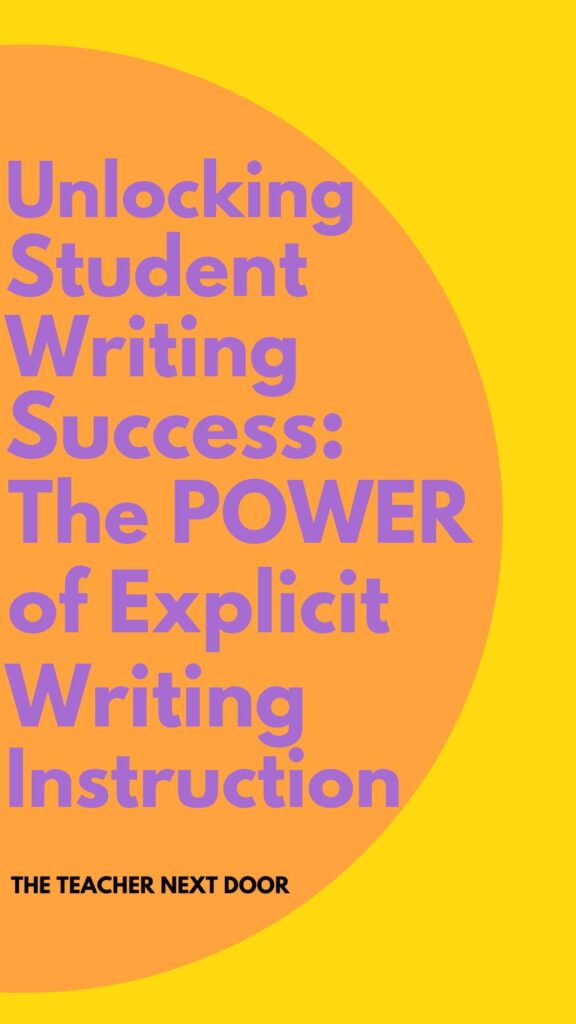
As upper elementary teachers, our goal is to create strong writers. However, the lack of Explicit Writing Instruction has caused students in the US to fall far behind in writing proficiency.
Current writing instruction falls short. Big box writing curriculums jump straight into lengthy writing units and encourage the use of techniques like writing workshop where students rarely master the foundational skills needed to write cohesive and clear paragraphs.
In this article, we’ll explore the importance of Explicit Writing Instruction and its transformative impact on student writing.
By providing clear and direct instruction, teachers can empower students to become confident and skilled writers. Let’s delve into the research that supports the benefits of Explicit Writing Instruction.
The Benefits of Explicit Writing Instruction
Research conducted by Graham et al. (2012) emphasizes the positive impact of explicit instruction on student writing skills. The study examined the effects of a writing intervention program that incorporated explicit instruction components such as modeling, scaffolding, and strategy instruction. The results showed significant improvements in students’ planning, revising, and overall writing quality.
Explicit instruction in writing means teaching students specific strategies, techniques, and skills needed for successful written expression.
By breaking down the writing process into manageable steps, educators can guide students through each stage, fostering a deep understanding how to write effectively.
If you’re a teacher, you can use our Teaching Lesson Scope from the Explicit Writing Kickstarter Kit to ensure you’re teaching every key writing strategy before jumping into lengthy writing projects.
How Explicit Writing Works in Upper Elementary
Upper elementary classrooms serve as the foundation for developing strong writing skills. By providing clear guidelines and direct instruction, we can have a longstanding impact on students’ writing skills.
Along with reading and math, students’ writing skills play a huge role in the their schooling AND beyond.
Explicit instruction allows teachers to model effective writing strategies and provide students with explicit feedback.
To do this, teachers need to communicate clear expectations with students. To do this, upper elementary teachers can provide checklists to students before writing.
Providing checklists allows students to hold themselves accountable while writing. Plus, it helps them build important executive functioning and self-reflection habits.
In tandem with writing checklists, teachers should use rubrics that are clear, concise, and highly aligned to the writing task. Rubrics help communicate and document a student’s writing capabilities. Plus, they are a great way to share expectations with grown-ups at home.
Grab both the rubric and paragraph checklist featured above in The Teacher Next Door’s FREE Explicit Writing Kickstarter Kit.
Explicit Writing Instruction also calls for the explicit, whole group teaching of skills like writing organization, outlining, developing topic sentences, supporting ideas and details, using transitional phrases, and how to conclude, students gain a solid foundation and understanding of how writing works to communicate ideas.
Honing in on these vital skills before jumping into lengthy writing assignments yields better writing results because students know how to formulate their ideas into well-written paragraphs.
When teachers teach writing skills directly, students aren’t just learning as they go like they are now, they’ll wholly immersed in the writing process from beginning to end.
Transforming Student Writing: From Mediocre to Effective
When students master foundational writing skills, their confidence and motivation skyrocket.
Clear and structured writing instruction means students are more engaged and invested during the writing.
Students develop a deeper understanding of what makes writing effective, which gives them the ability to express their thoughts and ideas more proficiently.
Another benefit? Direct instruction allows teachers to differentiate based on student need. By identifying specific areas for improvement like outlining, topic sentences, transitions, supporting ideas and details, or conclusion sentences, teachers can provide targeted instruction and support.
Instead of big box writing curriculums that require lengthy writing projects that do not allow for mastery of foundational writing skills, we can teach writing strategies clearly.
Echoing these same explicit writing principles during small group instruction ensures that every student has the opportunity to grow as a writer.
Why You Need to Incorporate Explicit Writing Instruction Now More Than Ever
Incorporating Explicit Writing Instruction into the upper elementary classrooms is crucial for nurturing skilled and confident writers.
Writing is a skill that students will need to use on a daily basis for the rest of their lives.
From everything from emails to job applications, texts to filling out questionnaires at the doctor’s office, students will use the writing skills and strategies that you teach them on a daily basis throughout the rest of their lives.
By following research-backed strategies and providing clear instruction, teachers can equip students with the necessary skills to master the craft of writing.
The benefits of explicit instruction are evident. We can equip our students with better writing quality and improved confidence.
Let’s take the first step toward Explicit Writing Instruction and inspire a new generation of proficient writers in our upper elementary classrooms!
Get started with the Explicit Writing Kickstarter Kit! This FREE guide will walk you through, step-by-step, the steps that you can take in order to begin providing students with better writing instruction. 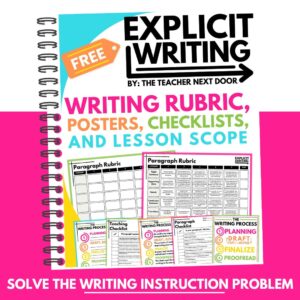
Better writing instruction, better writers.

